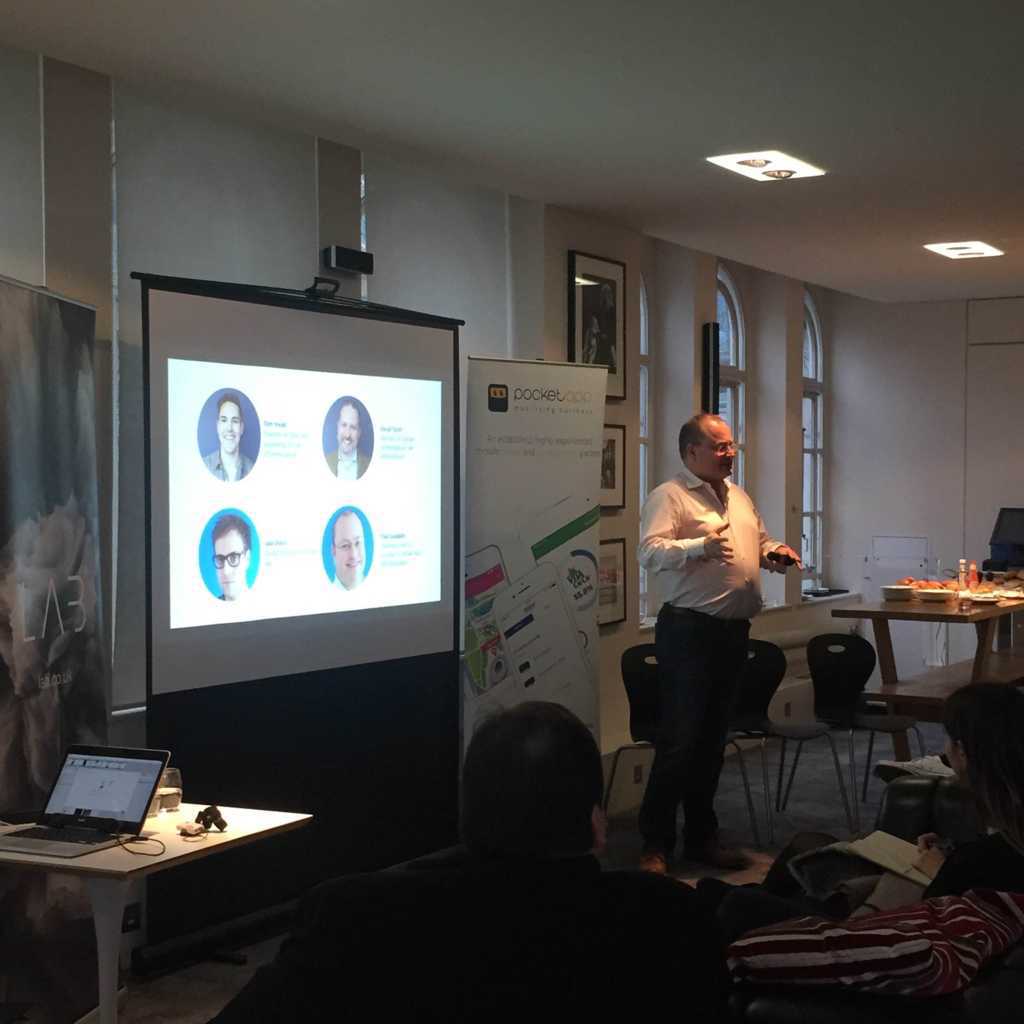Technology surrounds us and we live in an era that is constantly online, but what does the mean for us? Technology and channels will continually be changing, but at the end of every interaction, there will always be a human nervous system.
As mobile app design adapts to create an environment that is constantly evolving to our needs and conducive to our use. How do we go about implementing design strategy? What are the key trends in that have evolved over time? And how does our interaction with our mobile effect the way it is designed?
These issues and questions were the topic of our event this week, we got together with 25 or so companies to discuss key trends within mobile app design and interaction at One Alfred Place. We also shared great insights with our partners LAB on behavioural biases.
The history of mobile user interface
In the last seven years, we have seen UI move from skeuomorphic design to material design. At the beginning people were not knowledgeable about digital interaction. It was a pretty serious task for designers to create an attractive and convenient UI that could be used by experienced and new users alike. The obvious decision was to make things from our everyday life a part of UI. This way, a user could understand the functions of one element to another. By 2014, Google launched Material, a project that aimed to develop a single unified system to allow a unified experience across platforms and devices.
Rise of Animation
Well-designed animations make the experience feel crafted. In a human-centred design approach, where the user is the prime focus, animation actually creates a feeling of well-being once it’s discovered by users. As a designer, recognizing the invisibility of animations is just as important as designing them. Because you have to create something that feels human and accomplishes a task.
Other key design trends discussed were designing with the physicality of the user experience, designing for power user but also the visitor who will need assistance. Also, the importance of recognising that mobile app needs to tell a good story.
Top key insights
In addition, we had a very stimulating panel debate. My five key takeaways from the event were:
- Visual Feedback- This is extremely important in user interface design. In real life, buttons and controls respond to our interaction, this is how we expect things to work.
- Storytelling- Many brands are recognising that the mobile app is the link between their offline and online presence.
- Non-conscious decisions- These types of decision making are normally complex, fast and constant
- Complementary UX- Most multi-task devices are sequential, that means one (part of the) task can be accomplished after another.
- Loss Aversion- As users and consumers we are still very much attracted to tangible assets such as mobile devices or product samples. Therefore, getting a tangible asset into someone’s hand guarantees a better response to the product.
Say hello!
Are you looking for a fresh new approach on how to design the right app for your business? At Pocket App, we are always more than happy to talk to businesses about how mobile can positively influence their performance, so if reading this article or attending our event gives you food for thought, feel free to give us a call on 02071 834 388.


